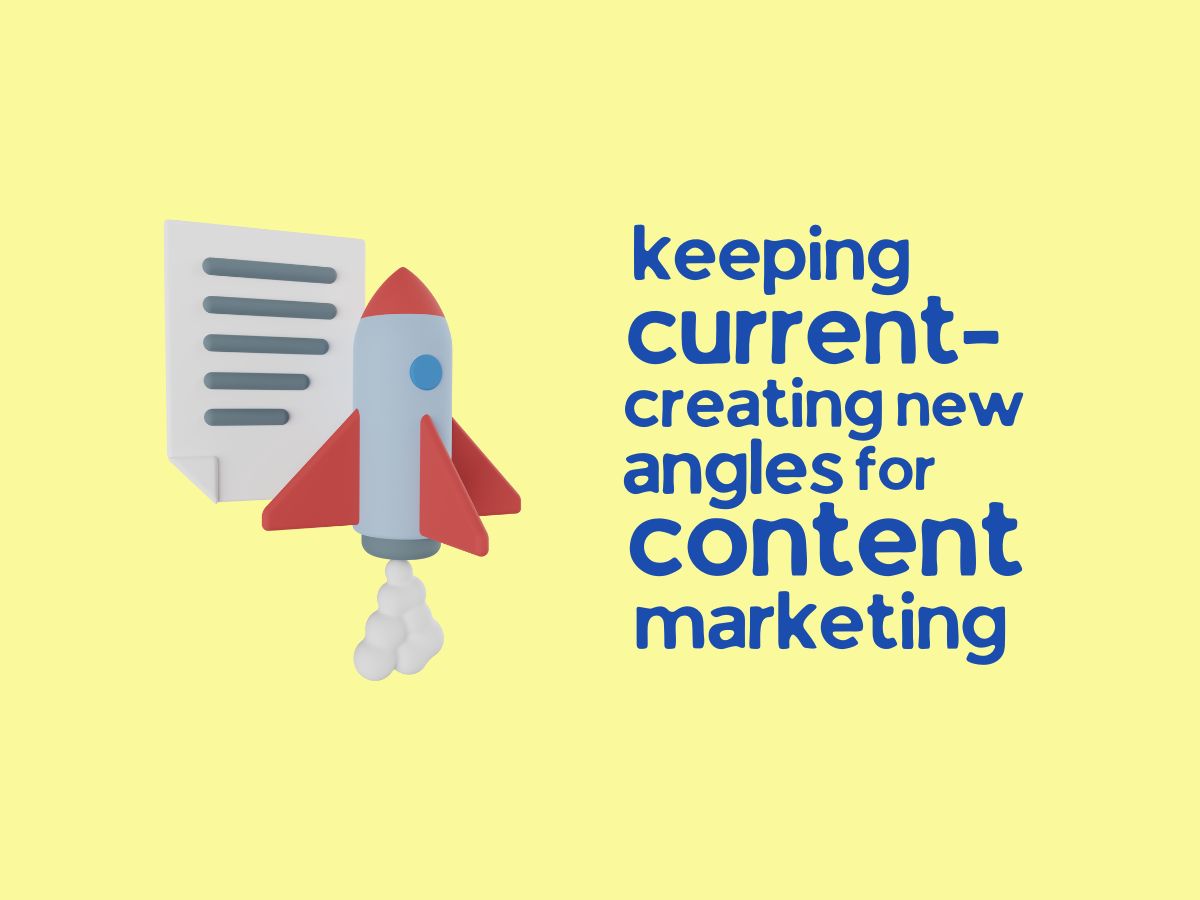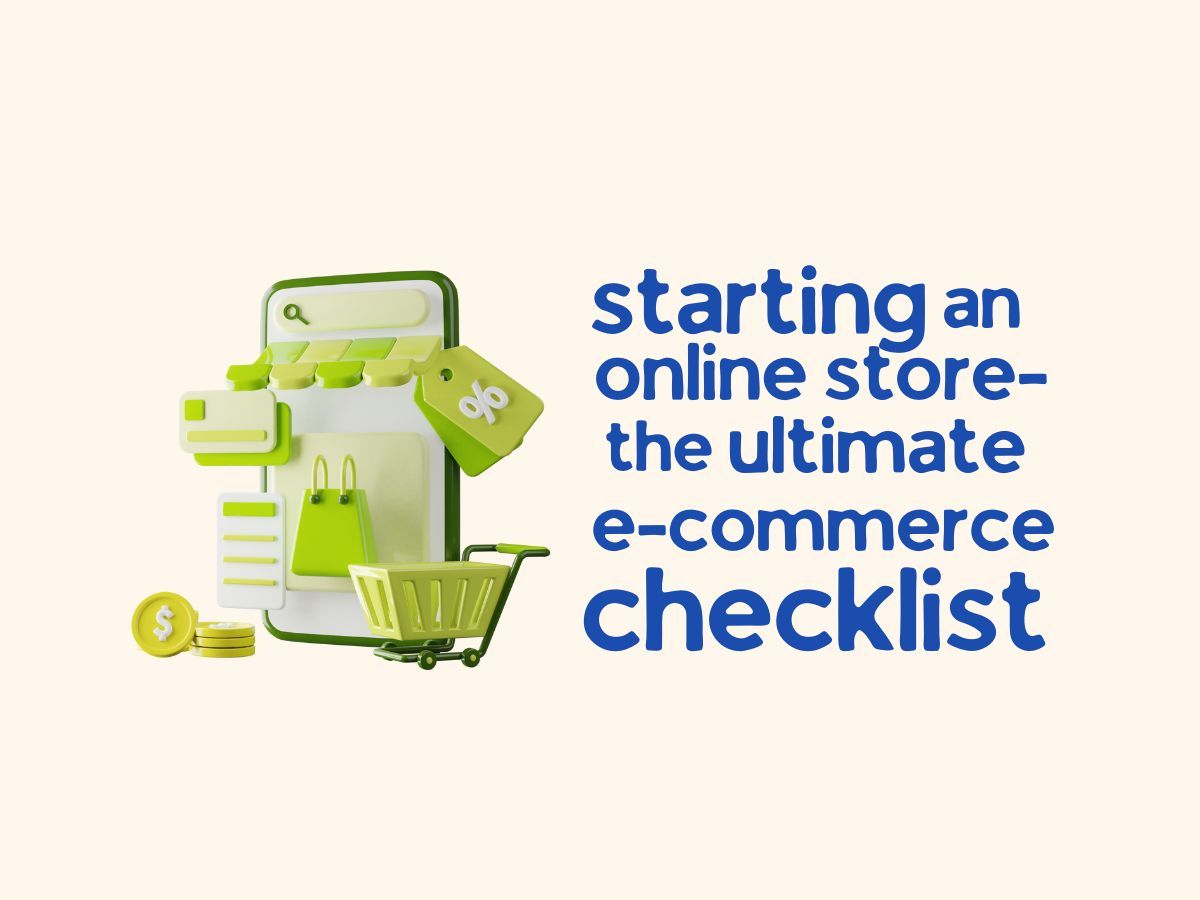Customer Data : How do you use the most of it?
When you have more data than you know what to do with, finding effective ways to use the data can be difficult.
For example, with more people using desktop computers, laptops and mobile devices, all of which are generating more data, it makes sense that 90% of the world’s data has been created in the last three years alone. And not just because people create data; this is due to algorithms and other programs that track user behavior and create their own data from it.
In fact, daily global computer usage currently generates more than 2.5 quintillion bytes of data, and this number is only growing due to the proliferation of IoT devices. This is a huge, almost incomprehensible amount of information. And only some of them are useful for specific relevant business interests.
So how can a company sift through the mountain of data it collects every day and find the information that is really useful for improving performance, profits, sales or other operational factors?
These 5 ways are some of the things a company can do to sift through information and find what is meaningful and useful.
1. Accept that Big Data is here to stay.
Big data can look like a huge and unwieldy jumble of random information when viewed in an unpolished way. And in that context, the real temptation is to ignore it. However, to ignore big data is to ignore a major opportunity. For example, data science is a growing discipline because of the value that comes from the ability to sift, filter and interpret what is useful in big data.
People who choose to ignore big data because of its volume are putting their business at risk. The first step to obtaining valuable customer data is to recognize that good data exists and be prepared to mine it.
2. Invest in Analytics
The key to getting the most out of big data, once you recognize its potential, is having the right tools and talents to wade into the ocean of data and find the most useful data. . . sense to you
You should seriously consider allocating some operating budget to analytics. Larger companies may have entire departments dedicated to this work, but while this scale yields results, it is not the only way to obtain useful analysis. Even small and medium-sized businesses can find an analytics solution that fits their size and budget requirements, whether it’s staffing or software.
3. Use Historical Data
People often think of data as a way to predict the future, but some of the most important lessons data can teach us come from the past. A good long-term plan for using customer data is to analyze historical data.
Businesses should always be aware that the best available data is a set collected over time. For example, you should not ignore sales data from the last 5-10 years, even if it is not part of your current digital infrastructure.
Use document management systems and archive this data if necessary, but analysis tasked with obtaining past customer sales data can reveal incredibly useful information about customer behavior and buying habits. If you have existing data, even if it’s not digital, digitize it and make sure your software can access it. Under the right circumstances, it can be much more useful than you think.
Of course, getting information about customer behavior and other data sets can help increase sales, but don’t forget that another way to make more money is to spend less. In addition to increasing sales, the right kind of customer data can also help increase efficiency and reduce waste, which can increase your bottom line.
For example, your customer data shows that more and more of your marketing responses are coming from YouTube and Instagram, and less from Facebook. This may indicate that for your product and target market, you can spend less or reduce your Facebook spend altogether and focus more on platforms that perform well. Let customer behavior data simplify your business.
4. Analyzing Customer Loss
“Customer loss” is a term used to describe the turnover of customers or clients from regular buyers to doing business elsewhere. This is another area where big data combined with analytics can make a big difference.
The purpose of this process is to review your user data and draw conclusions that help explain why some customers remain loyal and others support your business for a period of time and then leave. You may find correlations between declining customer retention and the discontinuation of certain products. Alternatively, you may find that certain sales or seasons bring you a large increase in customers, but they don’t stick around afterward. By focusing on the specifics of customer attrition,
Analytics helps you understand how you can retain more customers and thus generate more consistent profits.
5. Social media is too much data
Up to 80% of the information produced today consists of videos, documents and images, a large part of which is published on social media. Analyzing social media and using the unfiltered, unsorted data it reveals can be extremely useful in not only identifying your niche, but also what the market wants or is looking for.
It is important to understand that the content that appears on social networks can be a symptomatic indicator of other trends and factors that benefit companies that are turning around. So don’t think of social media as a channel to reach your market, but realize that it can also be a window into what that market might be looking for, and you can get ahead of the market to give it to them. Don’t ignore trends, take advantage of them.
Conclusion
More data is generated every day than any human or group of humans can reasonably track. Beneath that data, however, is a wealth of useful and actionable insights. Businesses can only increase sales through strategy and sensitivity when selecting, analyzing, and using the right data correctly.




















